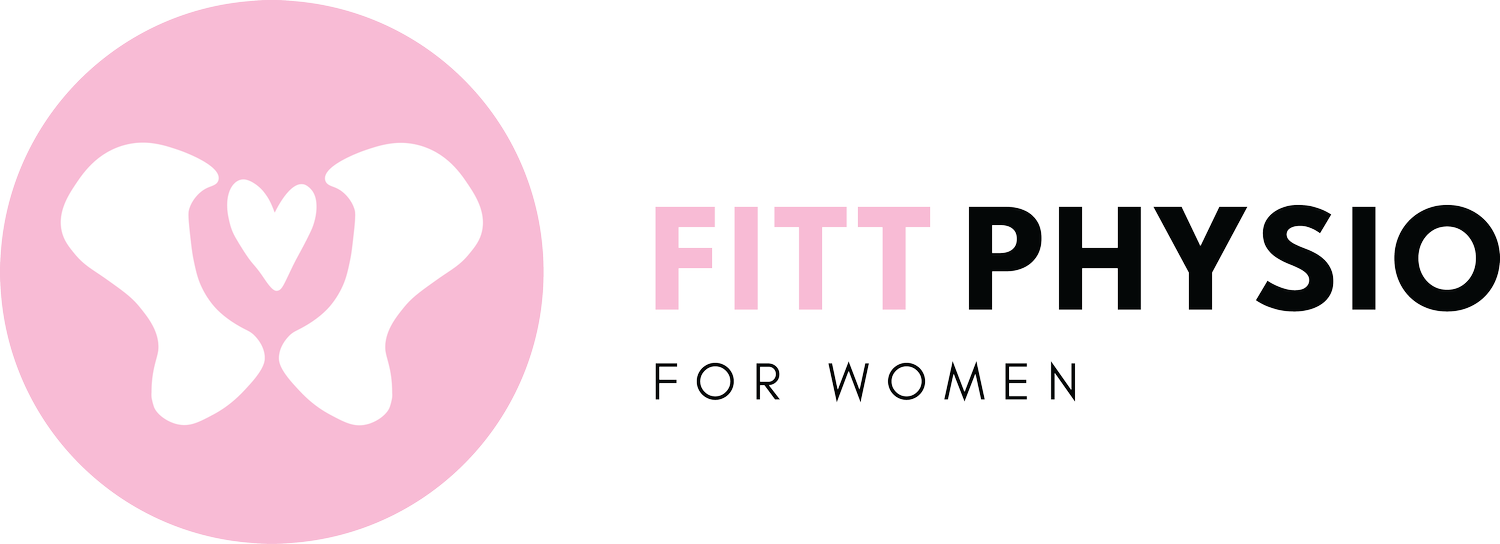A GUIDE TO PELVIC HEALTH ON MOTHER’S DAY
There is something for everyone in this blog including those who are not yet mum’s. If you have any concern’s please feel free to contact me!
For the not yet mums
You may not have additional pelvic health risk factors such as pregnancy & childbirth BUT you do have a pelvic floor. Pelvic Floor dysfunction can affect women who have not yet had children.
What is the Pelvic Floor?
Your pelvic floor is made up of muscles, connective tissue, nerves and blood vessels. It is what literally makes up the floor of your pelvis. Its primary roles are to:
Support your pelvic organs (bladder, uterus, rectum) (Deep Pelvic Floor Muscles)
Inhibit bladder activity, so your bladder can expand and hold fluid
Help you delay emptying your bladder/bowels
Relax to allow you to empty your bladder/bowel
Aid in sexual function & orgasm (Superficial Pelvic Floor Muscles)
It is recommended that all women in their first pregnancy seek advice from a Pelvic Floor Physiotherapist for an individualised pelvic floor exercise program. This has been shown to significantly decrease your risk of developing bladder leakage in both your pregnancy and postpartum (which is great news!!!) So, ladies, if you're expecting your first, book in to see your local Pelvic Floor Physiotherapist ASAP!
Rach with daughter Isabel.
The mums with children here
Your Pelvic Floor is so important in pregnancy because Pelvic Floor Dysfunction is VERY common. During pregnancy, your unborn baby's weight in the 3rd trimester starts to place increased stress and strain on your pelvic floor. This is a risk factor for Pelvic Floor Dysfunction. That's right – PREGNANCY is a RISK FACTOR. So if you have a caesarean birth, you are still at risk of Pelvic Floor Dysfunction (AKA; dysfunction = not doing its job correctly!).
If you birth vaginally, your muscles stretch a crazy amount (over 300%!!!!). Every woman who births vaginally will have Pelvic Floor Dysfunction due to the stretch and lengthening the muscles go through to accommodate for birth. Events that may increase the risk of more serious Pelvic Floor Dysfunction can include; Perineal tearing or Episiotomy, instrumental delivery, prolonged pushing phase (over 2 hours) and birth weight (over 4kg).
It is so important that we identify these risk factors (REMEMBER pregnancy is one) and rehabilitate your pelvic floor to ensure you never have symptoms of Pelvic Floor Dysfunction. Pelvic Floor Dysfunction can be asymptomatic too, meaning you don't experience any symptoms.
If you strain your hamstring, you would need to see a health professional, get some exercises and do some rehab before doing everyday tasks without it bothering you. Pregnancy and birth' strain' your pelvic floor. You may just not know it… yet. Look after your pelvic floor like you would look after your hamstring.
The should be mums,
Fertility!!! Why do we not learn more about this when we are younger?! We try so hard not to fall pregnant and finally when we are ready to conceive it’s impossible. AGE & WEIGHT are the top reasons for infertility for BOTH males and females. Seek professional medical advice when you have been trying to conceive for 12 months.
The furbaby mums,
Even mum’s with furbaby’s can have Pelvic Floor Dysfunction & may be associated with any of the following symptoms:
Increased urinary frequency (are you always going to the toilet?)
Bladder urgency (do you need to rush to the toilet to empty your bladder?)
Bladder leakage (do you leak when you sneeze, run, jump? Do you leak on the way to the toilet?)
Frequent Urinary Tract Infections (nobody likes these!)
Bowel urgency (are you rushing to the loo to emptying your bowels?)
Faecal Incontinence (have you had any accidents?)
Flatal Incontinence (do you have trouble controlling wind?)
Constipation (are you straining on the loo?)
Difficulty emptying your bowel (do you spend a long time on the loo without choosing to?)
Sexual pain (NOT normal)
Inability to achieve orgasm (ladies, this could be your pelvic floor!!!)
Pelvic pain (pain below your belly button)
Vaginal heaviness, vaginal lump/bulge, low back pain (PROLAPSE - 1 in 2 women post vaginal delivery have some degree of prolapse!)
Those without mums,
For those that didn’t get to have this conversation with their mum. Let’s talk about sex baby…
Sex should be pleasurable. Sex should NOT be painful or uncomfortable.
Pain & discomfort can be caused from increased Pelvic Floor tension, scar tissue from an episiotomy or perineal tear or sexual pain conditions such as vaginismus.
The inability to orgasm can also be due to Pelvic Floor dysfunction! If you experience any pain, discomfort or you are not satisfied with your sex life see your local Pelvic Floor Physiotherapist.
The foster mums and step mums;
Bladder & Bowel habits are important to establish early so… Lets talk POO!
Normal bowel frequency ranges across a large spectrum.
Several times a day
2 - 3 times a week
The most important part of working out if your bowels are happy is to think about what is your normal. Are you someone that empties you bowels daily or every few days? Once you have your answer try to maintain that 'ideal' bowel routine.
When you empty your bowel you should feel;
Like it is easy - NO straining or pushing
Completely empty
No pain or discomfort
Here are some good BLADDER habits;
You should empty your bladder;
4-6 times during the day
0-1 times overnight
When you empty your bladder you should feel;
A continuous, uninterrupted flow
Completely empty
No pain or discomfort
You should drink to thirst and avoid excessive amounts of caffeine, carbonated drinks, artificial sweeteners & alcohol!
The mums who are grieving
WE ARE HERE FOR YOU ♡
Following pregnancy loss you are still at risk of Pelvic Floor Dysfunction (remember Pregnancy is a risk factor!). Whilst a challenging time for many reasons we cannot forget the Pelvic Floor and your postpartum journey.
Gentle walking and Pelvic Floor Exercises are recommended in the first 6 weeks postpartum. Pelvic floor and deep abdominal exercises will help you return to your pre-pregnancy shape, assist with healing and prevent pelvic weaknesses including bladder leakage.
You can commence gentle rehabilitation guided by a Women’s Health Physiotherapist from as early as 1 week post birth (my 12 Week Postpartum exercise guide FITT BEYOND PREGNANCY is perfect to kick start your recovery.)
The solo mums
Your Pelvic Floor Exercises need to be a priority postpartum! They take time and dedication – just like going to the gym!
If you're finding the day slips away and you've forgotten, it may help to set reminders on your phone throughout the day. Hopefully when one of these reminders goes off, you have a few minutes to focus on your Pelvic Floor exercises.
Your pelvic health is important no matter what mum you are ♡

